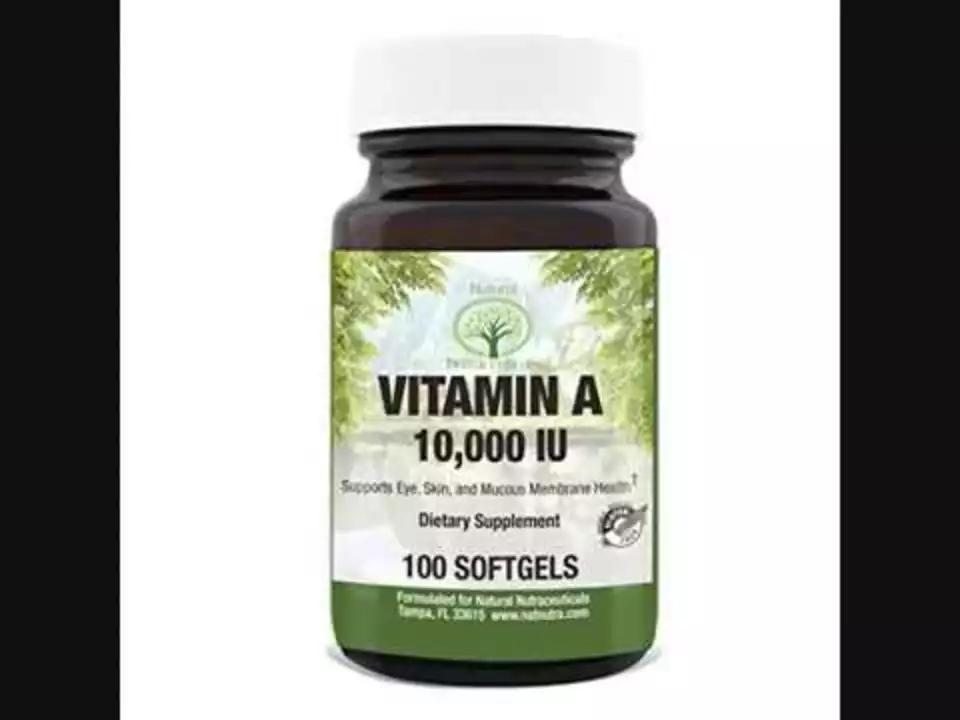Thuja – What It Is and Why It Matters
If you’ve ever skimmed a label that mentions thuja, you might wonder what the fuss is about. Thuja, also called arborvitae, is a pine‑like evergreen whose leaves and oil have been used in folk medicine for centuries. Today people turn to it for skin care, respiratory support, and even as a natural disinfectant.
Think of thuja like any other plant extract: the benefits come from specific compounds such as thujone, flavonoids, and essential oils. Those chemicals can help tighten pores, calm minor inflammation, or give a fresh scent to cleaning products. The key is using it correctly – too much thujone can be toxic, so dosage matters.
How People Use Thuja Safely
Most users start with a diluted oil or a capsule that contains a low dose of the extract. For skin issues, a few drops mixed with a carrier oil (like coconut or jojoba) can be applied to acne‑prone spots. The mix works like a mild antiseptic and often reduces redness within days.
If you’re looking at respiratory relief, thuja lozenges or tinctures are popular. They’re taken a few times a day to help clear congestion. Just remember: the product should state it’s safe for internal use. Some thuja preparations are meant only for external application.
When you buy thuja, check these three things:
- Source verification: Reputable manufacturers test their batches for thujone levels and contaminants.
- Clear labeling: Look for exact concentrations (e.g., 0.5% thujone) and dosage instructions.
- Third‑party certification: Seals from organizations like NSF or USP add extra confidence.
Following the label’s dose is the simplest way to avoid side effects. If you’re pregnant, nursing, or on medication, chat with a pharmacist before adding thuja to your routine.
Common Myths and Real Facts About Thuja
A lot of hype says thuja can cure serious illnesses on its own. The truth is more modest: it’s a supportive herb, not a miracle cure. Studies show it helps with minor skin irritations and may have antimicrobial properties, but you won’t replace prescribed antibiotics with a cup of thuja tea.
Another myth is that “natural” means “risk‑free.” Thuja contains thujone, which can cause headaches or nausea if taken in high amounts. That’s why the FDA caps thujone in food and supplement products. Stick to low‑dose options and you’ll stay on the safe side.
Finally, some think all thuja products smell the same. In reality, the aroma varies with extraction method – steam‑distilled oil has a fresh, piney scent, while tinctures may be milder.
If you’re new to this herb, start with a tiny test dose on your forearm and wait 24 hours. No itching or irritation? You’re likely good to go for broader use.
Our site features several articles that mention thuja in context – from natural alternatives for skin care to tips on buying safe supplements online. Those pieces give deeper dives into specific products, legal considerations, and how thuja stacks up against other herbal options.
Bottom line: Thuja can be a handy addition to your health toolkit if you respect the dosage, pick trustworthy brands, and keep realistic expectations. It’s not a substitute for medical treatment, but it can complement a balanced routine.


